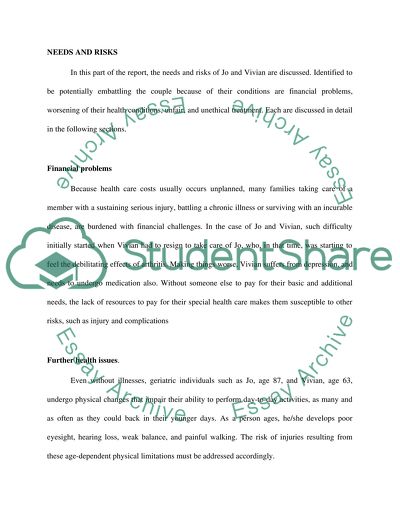Cite this document
(“The process of assessing of need and risk in a given case Essay”, n.d.)
Retrieved from https://studentshare.org/environmental-studies/1418423-the-process-of-assessing-of-need-and-risk-in-a
Retrieved from https://studentshare.org/environmental-studies/1418423-the-process-of-assessing-of-need-and-risk-in-a
(The Process of Assessing of Need and Risk in a Given Case Essay)
https://studentshare.org/environmental-studies/1418423-the-process-of-assessing-of-need-and-risk-in-a.
https://studentshare.org/environmental-studies/1418423-the-process-of-assessing-of-need-and-risk-in-a.
“The Process of Assessing of Need and Risk in a Given Case Essay”, n.d. https://studentshare.org/environmental-studies/1418423-the-process-of-assessing-of-need-and-risk-in-a.


